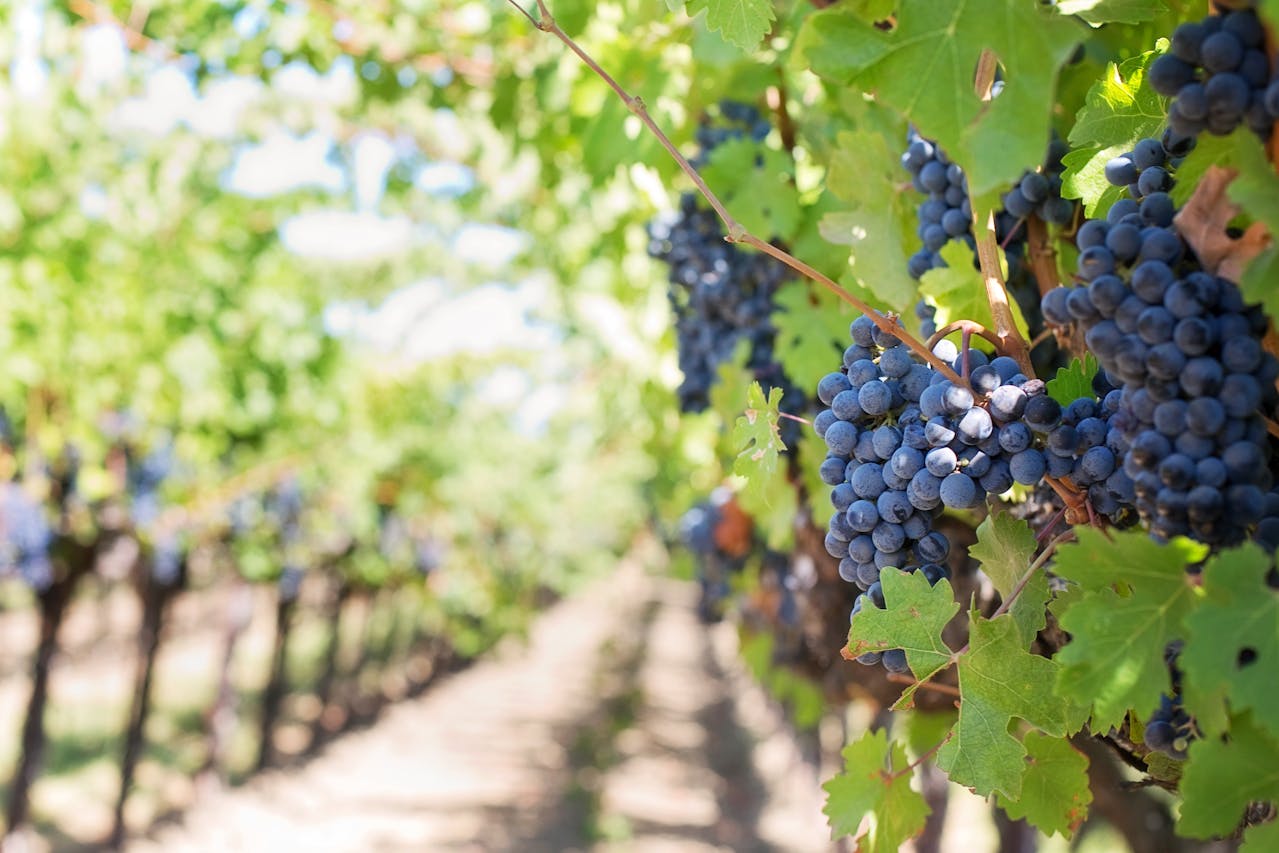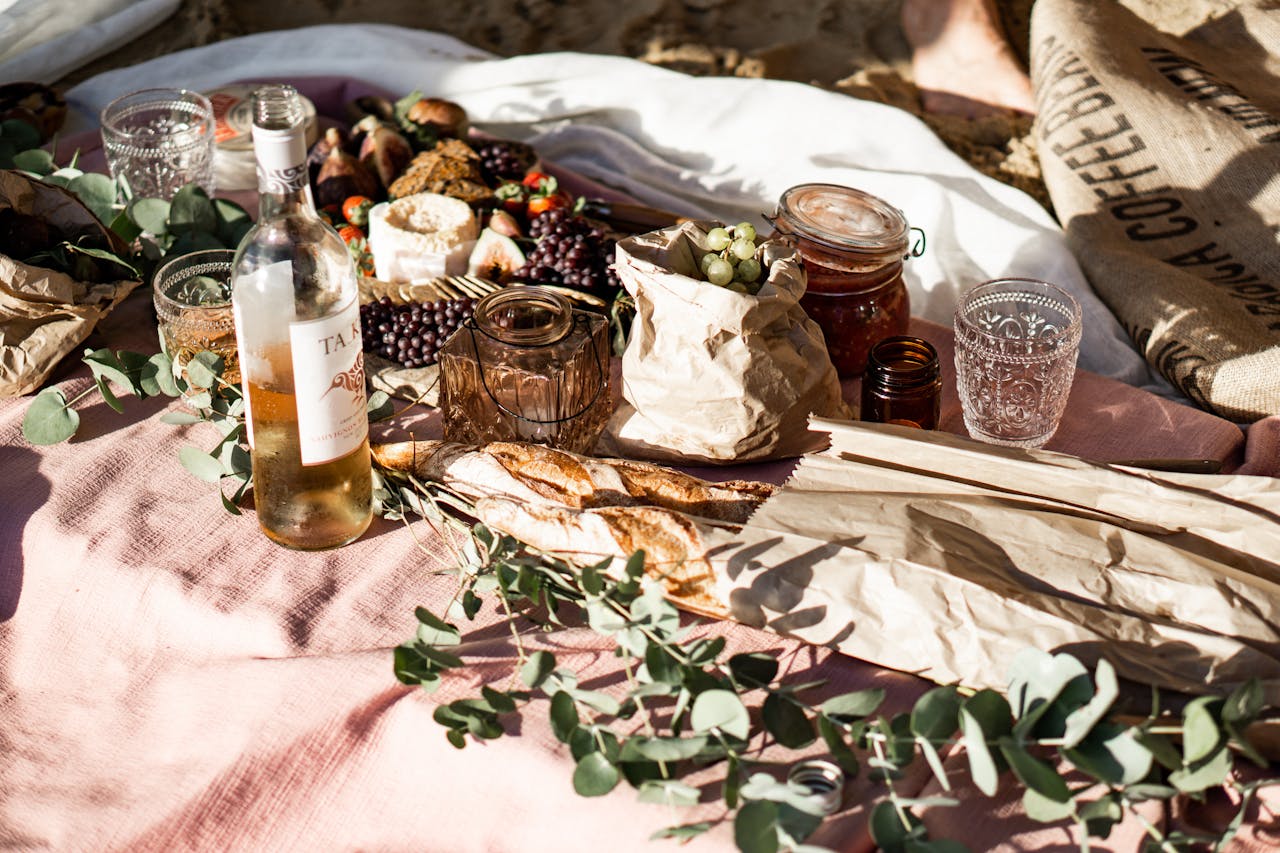Uncorking Delight: The Ultimate Guide to Pairing Wine with Food
Ah, the marriage of wine and food – a timeless symphony of flavors, textures, and aromas that has delighted palates for centuries. Whether you're a seasoned sommelier or a casual wine enthusiast, mastering the art of wine and food pairing can elevate your dining experience to new heights. So, grab your corkscrew and your favorite culinary creations as we uncork the ultimate guide to pairing wine with food.


Understanding Flavor Profiles
At the heart of successful wine and food pairing lies a fundamental understanding of flavor profiles. Consider the primary components of both the wine and the dish – acidity, sweetness, tannins, and body – and look for complementary or contrasting elements that will enhance the overall dining experience. For example, a crisp, acidic white wine can balance the richness of a creamy pasta dish, while a bold, tannic red wine can stand up to the intensity of a grilled steak.
Match Intensity with Intensity
When pairing wine with food, it's essential to consider the intensity of both the wine and the dish. Lighter-bodied wines, such as Pinot Grigio or Beaujolais, pair well with delicate, subtle flavors like seafood or poultry, while fuller-bodied wines, such as Cabernet Sauvignon or Syrah, are better suited to heartier, more robust dishes like red meat or game. Matching the intensity of the wine with the intensity of the food ensures a harmonious balance of flavors and textures.
Consider Regional Pairings
One of the simplest and most foolproof methods of wine and food pairing is to consider the regional origins of both the wine and the dish. Wines and foods that come from the same region often share similar flavor profiles and culinary traditions, making them natural companions. For example, pair a Chianti Classico with a classic Italian pasta dish, or a Riesling with a traditional German sauerbraten. Regional pairings offer a taste of terroir that celebrates the unique flavors and cultures of different wine-producing regions around the world.
Balance Sweetness and Acidity
When pairing wine with sweet or acidic foods, it's essential to strike a delicate balance between the sweetness and acidity of the wine. Sweet foods can overpower dry wines, while acidic foods can make the wine taste flat or overly tart. Opt for wines with a similar level of sweetness or acidity to complement the flavors of the dish without overpowering them. For example, pair a slightly sweet Riesling with spicy Asian cuisine or a crisp, acidic Sauvignon Blanc with a tangy goat cheese salad.
Experiment and Explore
Above all else, wine and food pairing is a subjective and personal experience, so don't be afraid to experiment and explore new combinations. Trust your palate and follow your instincts – if a pairing tastes good to you, then it's a success! Be adventurous and try unexpected flavor combinations, and don't be afraid to break the rules every once in a while. After all, the beauty of wine and food pairing lies in the endless possibilities and the joy of discovery.


Savor the Journey
In conclusion, mastering the art of wine and food pairing is a journey of exploration, discovery, and delight. By understanding flavor profiles, matching intensity with intensity, considering regional pairings, balancing sweetness and acidity, and embracing experimentation, you can unlock a world of culinary possibilities that will tantalize your taste buds and awaken your senses. So, raise a glass to the magic of wine and food pairing, and savor every sip and every bite as you embark on this delicious adventure. Cheers!






























